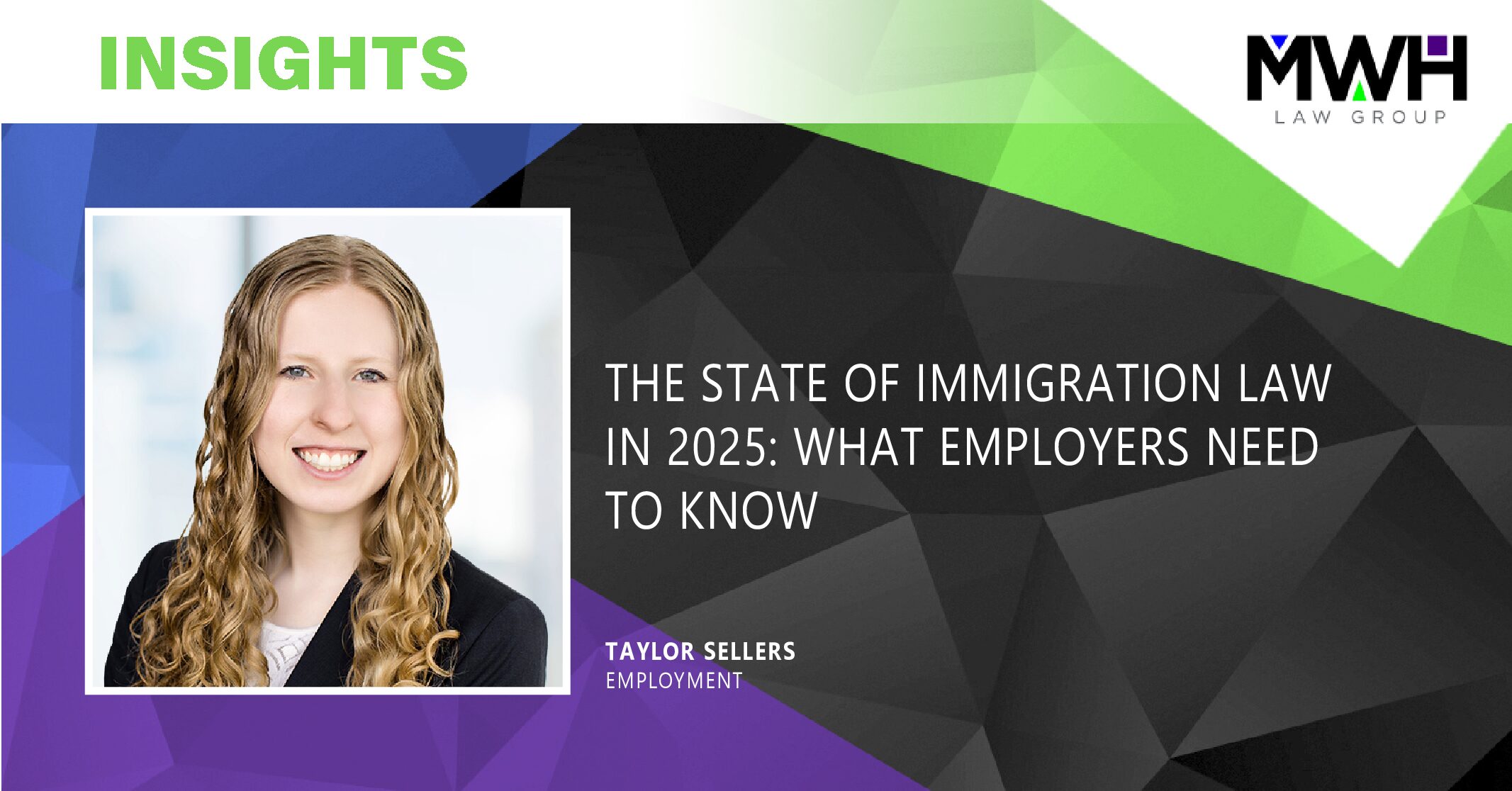The State of Immigration Law in 2025: What Employers Need to Know

The landscape of U.S. immigration law continues to evolve at a rapid pace. Between heightened enforcement, new compliance requirements, and shifting visa programs, organizations employing foreign nationals must stay vigilant to avoid costly missteps.
The widely reported 2025 Hyundai plant raid in Georgia, which resulted in hundreds of worker detentions, underscores that immigration enforcement is not confined to any one industry. Even employers with well-established compliance programs are advised to conduct internal I-9 audits, retrain HR staff, and ensure that all employment verification processes align with current regulations.
The New DHS Registration Requirement
In April 2025, DHS implemented the Alien Registration Requirement (ARR), which mandates that most noncitizens over the age of 14 who remain in the U.S. for more than 30 days register with USCIS, and provide biometric information. While the obligation falls primarily on individuals, employers should be aware that noncompliance could have downstream effects on employment authorization or visa status. HR teams should update onboarding checklists and maintain communication with immigration counsel to ensure awareness of the rule’s impact.
One Big Beautiful Bill Act
The One Big Beautiful Bill Act, signed into law on July 4, 2025, allocates billions of dollars to immigration enforcement, border security, detention, and removal operations. The Act introduces steeper costs for many immigration services, including employment authorization. The Act also enhances “non-waivable fees and stricter requirements” tied to immigration compliance and administration of foreign-national employment. Employers should expect increased burdens around I-9 inspections, verification, and document retention.
Visa Programs Under Pressure
Employers that rely on employment-based immigration pathways—particularly H-1B and H-2B visas—are facing new challenges. The administration’s proposal to make E-Verify mandatory nationwide, coupled with a proposed increase in H-1B filing fees, has created uncertainty for both businesses and sponsored workers.
A Growing Patchwork of State Rules
In addition to federal initiatives, states continue to enact their own immigration compliance measures. Some have expanded E-Verify requirements, while others restrict the use of verification systems for existing employees. For multistate employers, and those with remote workers living in different jurisdictions, compliance with variations in state law makes regular policy review by jurisdiction critical.
Practical Steps for Employers
To stay ahead of these changes, employers should:
- Conduct regular internal I-9 audits and implement corrective action where needed.
- Review visa sponsorship policies and calendar critical renewal dates.
- Monitor state-specific verification requirements for all locations and remote employees.
- Coordinate closely with immigration and employment counsel when onboarding or terminating foreign-national employees.
- Train HR and compliance personnel on new federal and state developments.
- Establish a policy for responding to in-person visits from Immigration and Customs Enforcement (ICE) officers.
Immigration compliance in 2025 demands proactive attention from employers. With enforcement increasing and regulations evolving, employers should partner closely with experienced counsel to mitigate risk and maintain workforce stability. A well-structured compliance program today can help prevent costly enforcement actions in the future.
At MWH Law Group, our Employment Practice Group helps employers stay compliant and confident in a constantly changing employment law landscape. Learn more about how we support businesses with workforce management and employment matters here.

